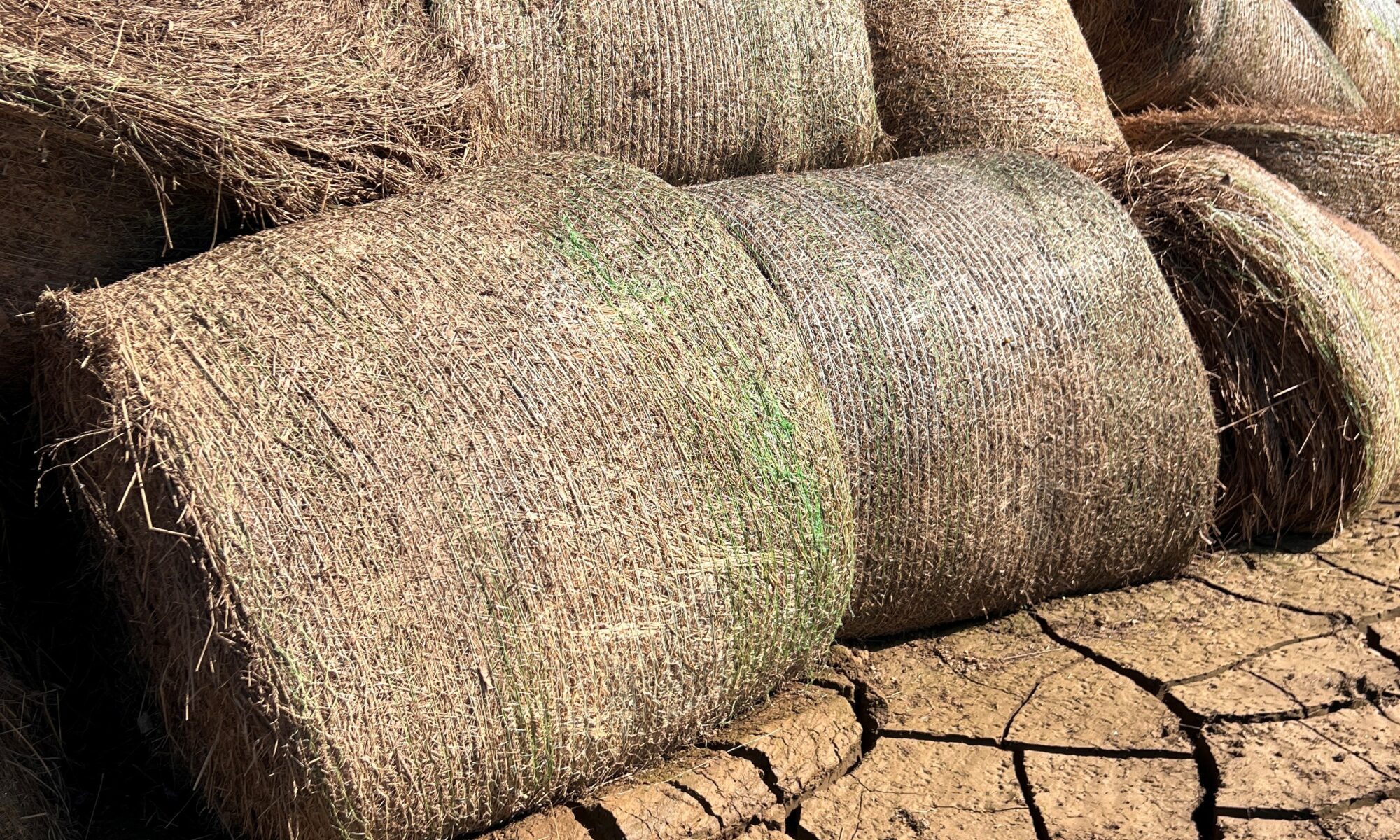

Dr. Bruno Pedreira
Associate Professor and Extension Forage Specialist
Department of Plant Sciences
Director, UT Beef & Forage Center
P: 865-974-3535
As we start recovering from Hurricane Helene, I’m hopeful that better days are ahead for our producers in East Tennessee, many of whom were hit hard by the storm. Livestock depends on forages, so keeping your pastures and hay safe is essential. Start by walking through your fields to check for wind damage and remove any debris like branches or trash that could harm your animals. Make sure your pastures are clear before turning livestock out to graze. After the ground dries up, consider doing a soil test. Heavy rains and flooding can wash away nutrients, and a soil test will help you know if you need to change your fertilization plan. This is key to getting your forage back on track or reestablishing it if needed.
Take a close look at your hay, especially if it got flooded. Even hay stored in barns or covered stacks can get damaged by floodwaters. Flooded hay tends to mold fast, and feeding moldy hay can lead to health problems for your animals. If your hay got wet, unstack it and let it dry. But if it’s been underwater for too long, it’s probably not safe to feed—especially to pregnant or lactating animals, and definitely not to horses. If you notice mold or rot in the hay, it’s best to avoid feeding it to animals. Instead, consider using it for erosion control or adding it to your compost.
With the limited hay supply in the region, it’s crucial to make the most of what you’ve got. Hay efficiency is going to be more important than ever. If unrolling hay is your only option, make sure you only unroll enough for the day to keep waste down. This helps prevent the animals from trampling the hay, which cuts down on losses. If you have hay-feeding devices, now’s the time to use them. Tools like hay rings or feeders can drastically reduce waste and help stretch your hay supply as far as possible. In tough times like these, every bale counts, so it’s important to focus on feeding efficiently.
By taking these steps—clearing your fields, checking your hay, planning ahead, and using hay efficiently—we’ll get through the winter and be ready for the next growing season. Together, we’ll work toward a stronger, more resilient future for our Tennessee farming community.